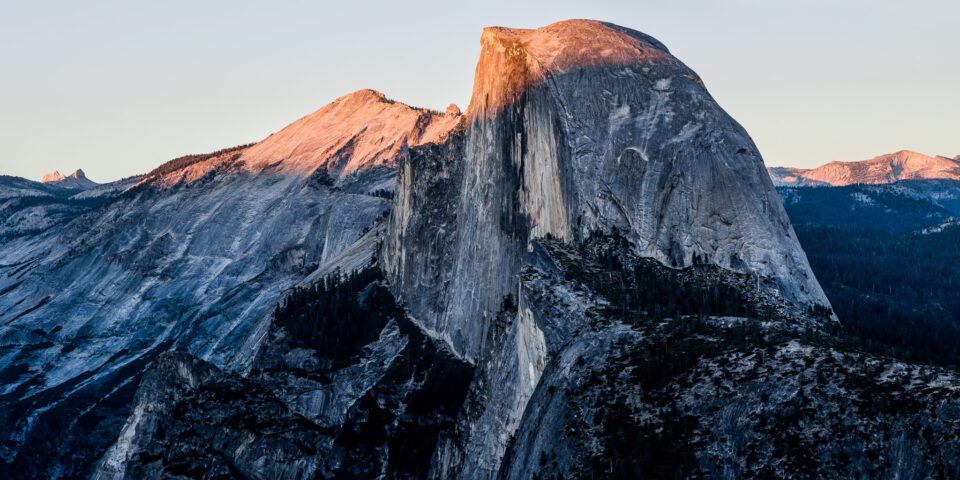Buying photography equipment for the first time is really a daunting task. Useful guides exist to assist beginners choose a good camera, yet few newcomers realize that the digital camera itself is only the first of many items necessary to create a full setup designed for photography. In this guide, I will recommend a complete kit? everything from lens towels to computer monitors? that will give a beginner with high quality images (and room to grow) for an associated with around? 000 US dollars.
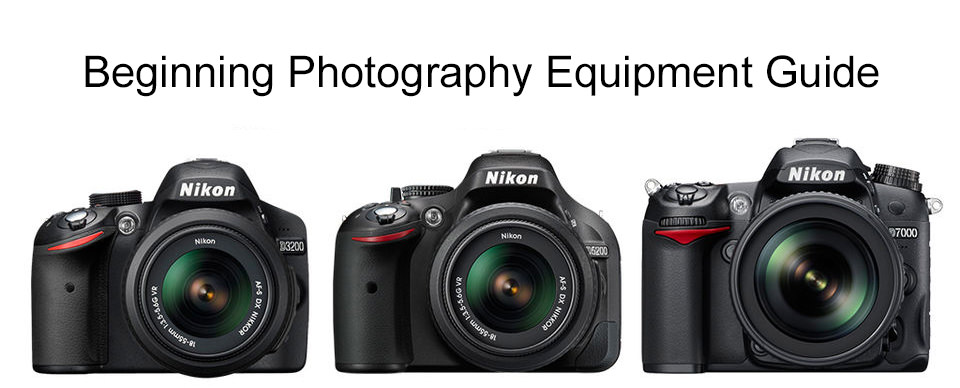
Note that this guide is not a comprehensive listing of equipment that will work for every type associated with photographer. As your photography becomes a lot more specialized? portraiture, landscapes, wildlife, or even anything else? you will gravitate towards a lot more specialized equipment as well. The suggestions below can be considered an all-purpose beginner kit rather than a list tuned to 1 specific type of photographer.
Table associated with Contents
1) The Camera
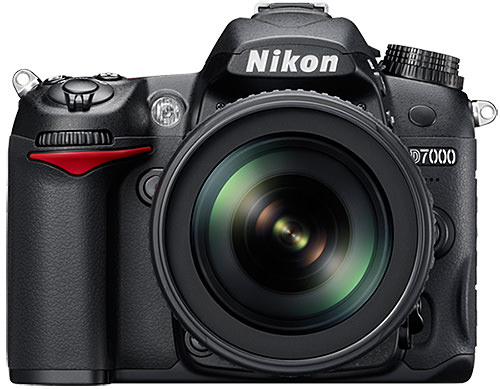
The core of pictures is a camera, or at least the messf¨¹hler of a camera. At the moment, one of the biggest arguments in the photography world is among two different types of cameras: mirrorless plus DSLR cameras. Both have their merits , yet a beginning photographer on a tight budget should be searching more closely at DSLRs. With entry-level versions, new mirrorless cameras cost comparable as new DSLRs, and occasionally less. However , you can still purchase older, high-quality DSLR equipment (including lenses) for a lower price than comparable mirrorless gear. Mirrorless cameras are usually filling this gap quickly, however the best camera for a beginner on the budget is almost certainly a DSLR.
Of all the possible DSLR digital cameras, my strong recommendation is to purchase the Nikon D7000, used, from the camera shop Adorama . Some people find a lot of risk in buying an used camera through eBay and Adorama is one of the respected names in the camera business? if they rate a used camera at E-, its condition will be as good as most “ mint” cameras sold through eBay.
The D7000 is better than a good entry-level DSLR because it give you area to grow. Although it has the same messf¨¹hler as some cheaper cameras, it gives a person so many more features (including extra knobs that make it easier to change settings once you understand about your camera) that make it indispensable. How do I know that the D7000 is so great? Simple? I have taken more than sixty, 000 photos with it! Check out the 3 images below, all taken with all the D7000:
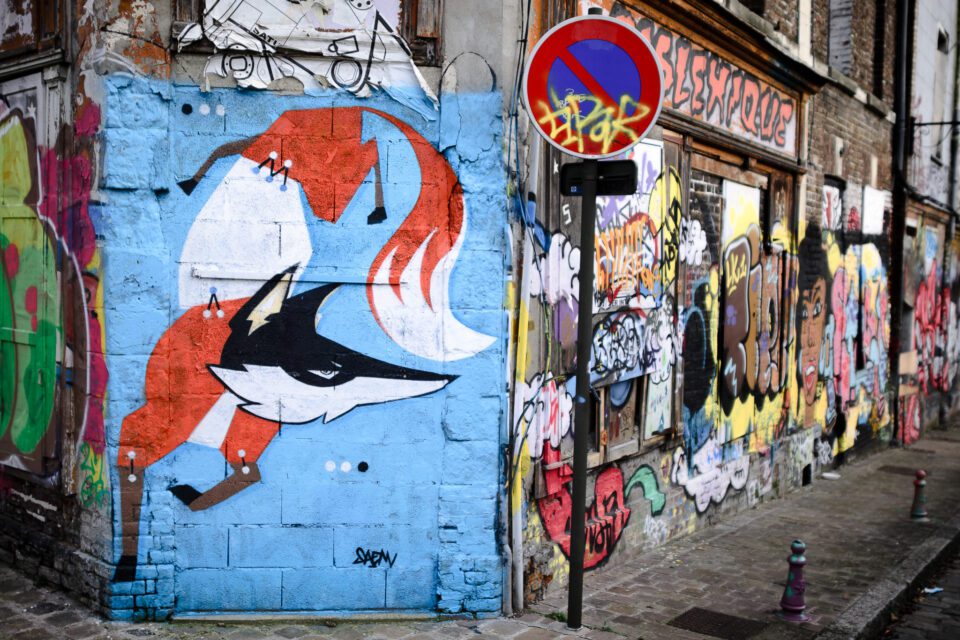

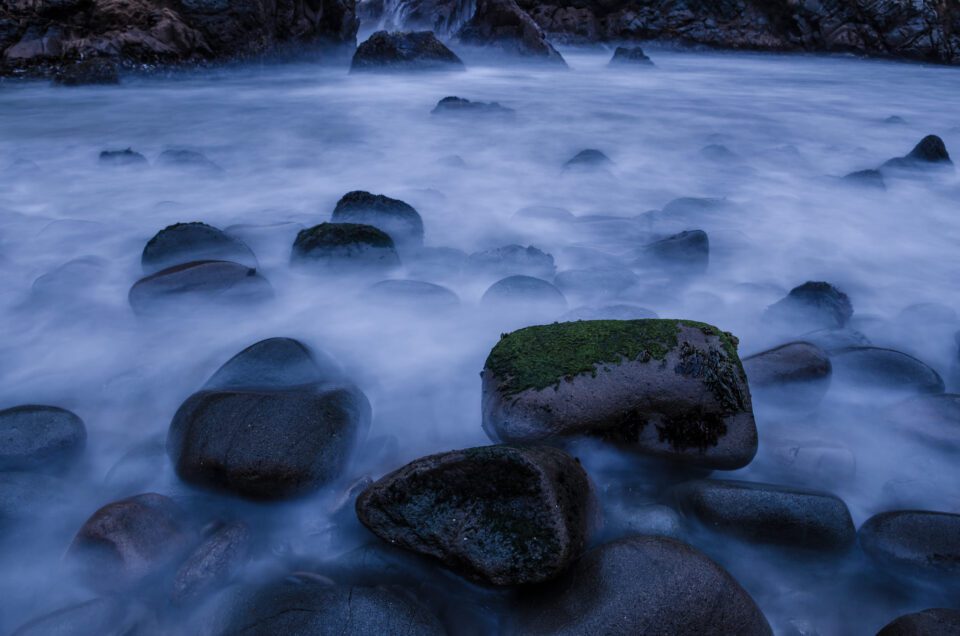
To find some more information and sample photos from the D7000, check out our own review gong2deng . If you want more details upon entry-level Nikon DSLRs, we have the? a href="https://photographylife.com/which-nikon-dslr-to-buy-first"> general outline as well.
Remember that the D7000 can be a complex camera for the beginner. However , if you’re devoted enough to be reading this article to begin with, you are probably the type of person who will grow to understand the many benefits offered by the D7000.
Here is a link to the particular Nikon D7000 at Adorama . Note that this camera has been stopped, so you have to click on the “Buy it used? heading to see your choices. Generally, an “E? quality D7000 will be about $400.
Another great option, especially if you are just getting started, is one of Nikon’ s basic DSLRs. These cameras have slightly-better image quality than the D7000, plus they are easier to use, but they don’ t possess as many features for learning pictures. Nikon’ s newest is the D3300. When you buy it with a package lens, the D3300 from Adorama is $500.
Total: $400 for that D7000
2) Lenses
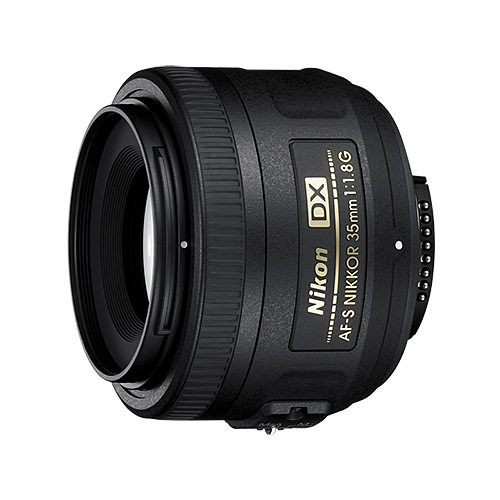
While a camera sensor will report the light that it receives, a lens’s job is arguably even more essential: help the light get to the messf¨¹hler in the first place.
Lenses are the “free?? those which come in a package with the camera? to the unbelievably expensive . Being a beginner, it can be tough to determine which usually lenses are worth their selling price, especially if you have no prior knowledge of which usually lenses even exist in the first place (although our zoom lens database can help).
If you want a high-quality starting lens for the lowest possible cost, you should look at prime lenses (those which usually do not zoom) or third-party lens. I do not recommend starting with the particular kit lens that comes with some digital cameras (usually an 18-55mm zoom), as you will soon realize that you want some thing better.
My very first recommendation, if you use a Nikon digital camera like the D7000, is to buy the amazing Nikon 35mm f/1. 8 DX lens. This tiny gem will be sharp? check out our sample photos ? and it costs just under $200. This is a link to the 35mm f/1. 7 DX at Adorama .
To add to the 35mm f/1. 8, you will probably want a wide-to-telephoto focus, and a good choice is the Sigma 17-50mm f/2. 8 OS zoom lens. This is a particularly useful lens since it not only has a wide aperture associated with f/2. 8 (which lets it work nicely in dark scenes), but it also provides image stabilization to help make your portable images sharper. Here is a link to the particular Sigma 17-50mm f/2. 8 OPERATING SYSTEM , which costs $520 from Adorama.
Or, in case you would rather stick to a single lens, the newest Sigma 18-35mm f/1. 8 will be $800, and it would replace both lenses above. It is a heavy zoom lens, but it is amazingly high-quality? simply check out our own review . Here is a link to the particular Sigma 18-35mm f/1. 8 zoom lens at Adorama .
Lenses are an individual decision, that three are nothing more than my own recommendations. In case you practice a more specific type of pictures (such as wildlife), you could prefer completely different lenses. However , for a standard beginner, these lenses are a great way to find out what type of photography you enjoy the most. Plus, they are good enough in order to keep even as you grow more specific.
Total: $720 or $800, depending upon the lens you choose
3) The Tripod
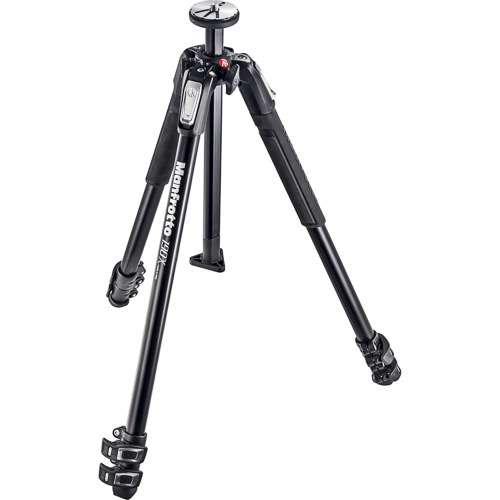
Often overlooked and undervalued, the tripod doesn’t seem nearly since important as it really is. After all, 3 aluminum sticks glued together are usually no more complex than three stays glued together. Right? Unfortunately, that will logic is why many photographers decide to buy the least expensive tripod they can discover, then leave it at home continuously because it’s cheaply-made and difficult to use. A tripod should be because popular as its buddies Camera plus Lens, but somewhere along the way this got the short end from the stick.
You will understand over time whether or not you need a tripod for the photography (and if you do, you will want an even more expensive model at some point in the future), but it is important for a beginner to get a solid model as well. With that in mind, our recommendation is to get the Manfrotto MT190X3 tripod. It is not a perfect tripod, yet I can say (having used the old version of this tripod extensively) it should be more than enough for most beginners. In addition, at $150, it is pretty affordable (as far as good tripods go). Here is a link to the MT190X3 in Adorama .
Nevertheless , a tripod is not enough? you'll still need a ballhead so that you can adjust the positioning of the camera. I have tried one or two of ballheads in the $100 range, and am can say that the best (by far) that I have used is the Oben BE-126 ballhead. Even with my heaviest digital camera and longest telephoto lens, this particular ballhead has never slipped out of place, and it always locks tightly. This particular head isn’t quite as good as the priciest ballheads from companies like Actually Right Stuff or Arca Switzerland, but it is fantastic for the price. Here is an url to the BE-126 at B& H , one more highly-reputable camera store.
Total: $260
4) Software
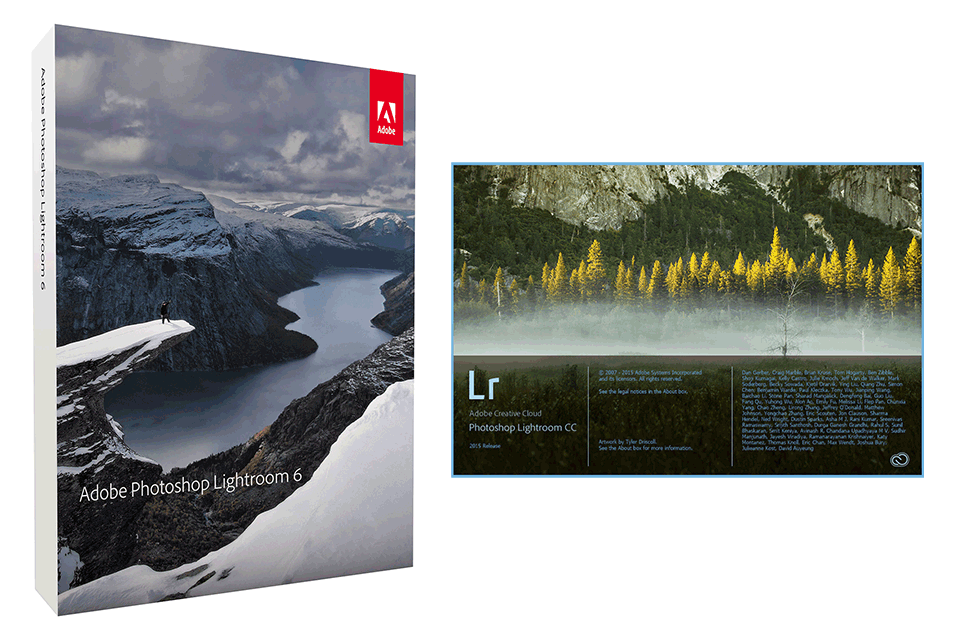
There is a lot of competition designed for software that processes images, with the two most popular options being Catch One Pro and Adobe Lightroom. These two programs are similar? they each allow you to organize and edit your own photos? but Lightroom is much less expensive. Some argue that Capture 1 Pro is better (whereas some claim the opposite), but Lightroom may is ideal for those on a budget, since it expenses half the price. For what it’ s worth, I only actually use Lightroom, and I find it to become wonderful.
To purchase Adobe Lightroom 6 for $145, check out this link to Adorama . Notice, though, that some products (including the lenses that I listed previously this page) can be bundled along with Lightroom and save you an additional $40. If you want, you can also download trial variations, both for Capture One Pro and for Adobe Lightroom .
Furthermore, don’t give into the temptation to purchase Photoshop just because it is so popular — most photographers will not actually need the features, since it is more of a graphics-oriented specialist program than something like Lightroom. In addition, it is far more expensive (and the latest version is only offered through a frustrating membership program).
Overall: $140, but $100 when you package deal Lightroom with a lens.
5) Monitors

If you are the just starting photography, your current keep track of probably is not good enough for severe editing work. Specifically, the colors on your own screen will almost certainly be wrong? you are not editing anything how you think you happen to be.
Check out our monitor purchase tutorial for more information, although remember that several new monitors have come on to the market since it was published. Among the best new models is the AOC 12367FH 23? screen. Don’t be misled by the bizarre name? at $160, this is one of the least expensive IPS displays on the market, and you absolutely need and IPS monitor if you want to do serious colour work on your computer. Yes, better choices exist (often for significantly more money), but this monitor is a great begin for a beginner. Here is a link to the particular AOC keep track of from B& H .
Unfortunately, getting a good keep track of is only half the battle? second step is color calibration. My solid recommendation is to buy a piece of equipment to calibrate your monitor, like the $60 Spyder4Express. It does not have all exactly the same features as its $190 older brother, Spyder5Pro, but it gets the job done for a far lower price? assuming you only use 1 monitor). I edited my pictures for almost a year without any calibration, and am never realized how wrong our colors really were. I had in order to re-edit everything! Save yourself a while and buy a real calibration unit. This is a link to the Spyder4Express from B& H .
Total: $220
6) Lighting

Disclaimer: I actually don’t use much external illumination for my photos, mainly because I actually do not take many images of people. Having said that, most photographers will need a display at some time or another, whether for pictures or for creative still-life digital photography.
Nikon brand sensations cost hundreds of dollars, assuming that you need a flash that can function off-camera within an automatic (TTL) mode. However , third-party flashes with those features could be fairly cheap? check out the Yongnuo YN-568EX, an extremely well-specified flash for the associated with $105. Depending upon the genre associated with photography you practice most, this can be the only flash you need. (Or you might need dozens more? ask any family portrait photographer! ) Here is a link to the particular Yongnuo expensive at B& H .
You may also want some gentle modifiers (such as reflectors), yet I don’t recommend getting some thing until you are sure that you want to do family portrait photography. There is no end to the world of gentle modifiers, and a beginner should the basics before deciding which complicated lighting setups to buy.
Total: $105
7) Filters
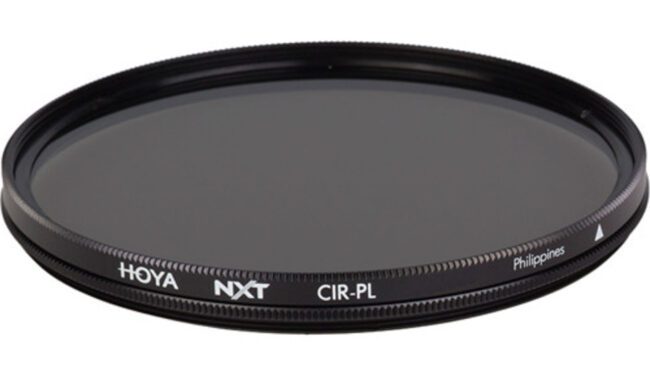
Filters are another essential element of a photographer’s tool kit. With digital cameras, only a few filters are usually even necessary in the first place (the older color-correction filters for film could be replicated using software like Adobe Lightroom)? but some filters cannot be duplicated in post-processing. The single best filter for digital photography is a polarizer . Exactly like polarized sunglasses, these filters cut bright glare from shiny surfaces (other compared to metal), they darken skies, and so they reduce haze. Plus, they make pictures look more vibrant and over loaded.
If you are not a panorama photographer, you will want a polarizer due to these benefits? and if you are a surroundings photographer, you will probably never remove the polarizer from your lens! Depending upon the zoom lens or lenses that you use, you will need to get a polarizer of a particular size. Polarizing filters (and filter systems in general) are sized within millimeters? just like the front rings on the lens. For a lens with a 72mm ring (like the Sigma 18-35mm f/1. 8 that I suggested above), you would need a 72mm filter.
If you are on a budget, buy a polarizer that is the same size as the filtration system ring of your largest lens. For instance , you may choose to go with my recommendation to buy both the Nikon 35mm f/1. 8 DX and the Sigma 17-55mm f/2. 8 OS. If you do, these types of lenses have different filter band sizes? the Nikon is 52mm, whereas the Sigma is 77mm. To use the same filter on both lens, get a 77mm filter a plus the 52mm-to-77mm step-up ring. This is much less expensive than buying two filter systems!
Filters can be costly, and with good reason? a bad filter can harm the image quality of every picture you take. So , don’t unintentionally avoid a filter! One brand reputed for a good balance of price plus quality is Hoya, which is the first recommendation for a beginning professional photographer.
Here is a link to the Hoya 77mm polarizer at B& H . You will use this size if you choose the Sigma 17-50mm f/2. 8 OS zoom lens, which has a 77mm filter ring. This particular filter costs just under $90.
Here is a link to the Hoya 72mm polarizer at B& H . You should use this size if you choose the Sigma 18-35mm f/1. 8 lens, that has a 72mm filter ring. This filtration system costs $60.
This is a link to B& H for the 52mm to 77mm step-up ring gong2deng which you would use on the Nikon 35mm f/1. 8 lens, if you furthermore bought the 17-50mm f/2. 7 lens (which has a 77mm filtration system thread). This ring costs less compared to $4. gong3deng gong0deng If you choose that landscape photography is your preferred type, you will probably need two extra filters: a graduated neutral denseness filter to darken skies (get a rectangular graduated filter, not really a circular one) and a regular natural density filter to blur shifting water. However , both of these are professional filters, and I recommend waiting before you know what you want before buying either. For the time being, a high-quality polarizing filter must be more than enough. gong3deng gong0deng gong56deng Complete: $60 if you bought the Sigma 18-35mm f/1. 8, a bit more than $90 if you bought the Nikon 35mm f/1. 8 and Sigma 17-50mm f/2. 8 OS.? /em>

You will definitely need a bag for your digital camera, but I recommend against buying one brand new from a store. Generally, you’ll have the ability to repurpose an old backpack or messenger bag to carry a camera? otherwise, try finding one at a garage area sale. Instead of paying $50 or even more for a bag, you can get one regarding $5 or less if you buy used and local. I would recommend a remote discharge for your camera. For the D7000, attempt the $15 ML-L3 (here is really a link for the ML-L3 at B& H ). I have owned two of the? they are easy to lose, so be cautious? and both have worked quite well.
Make sure to get cleaning apparatus for your lens. I recommend that you get 2 or 3 lens cloths (this $4 microfiber cloth through B& H can be great), as well as a cleaning spray (here is a link to a two ounce spray at B& H for? 3). As a whole, this will be about $10.
In addition to a lens cleaner, you need a method to get rid of dust that lands in your camera’s sensor. The best way to do so, as well as the safest, is to use the Sensor Gel Stick , which we sell here at Digital photography Life. It costs $55, and you could want to buy some extra sticky paper for one more $13. Between the two products, your own sensor-cleaning equipment will cost no more than $70.
I also recommend an additional battery. That way, you can be shooting whilst one of your batteries is charging. We strongly recommend getting a Nikon-brand battery? less expensive batteries from third parties could be tempting, but this is one component that you really don’t want to malfunction. This is a link to the Nikon EN-EL15 battery at B& H gong2deng , which is the battery that works for the Nikon D7000. gong3deng gong0deng Lastly, you will need memory credit cards. The D7000 can take two SECURE DIGITAL cards at a time, and its images occupy a relatively large amount of space. I recommend obtaining two 32GB cards so that you don’t run out of space? the 32 GB card from PNY Technologies is an excellent value at $20. I can attest to this card completely, since I make use of the 64GB version in my Nikon D800e camera! Here is a link to the? the href="https://www.bhphotovideo.com/c/product/1016075-REG/pny_technologies_p_sdh32u1h_ge_32gb_elite_sdhc_uhs_1_card.html/BI/5562/KBID/6400"> 32GB PNY card through B& H — make sure to get two.
Total: $190 or less
9) Summary
When you’re keeping track, that’s plenty of equipment you’ll need? far more than the single camera and a kit zoom lens. However , no matter how many reviews plus comparisons you read, you is going to be hard-pressed to find better items compared to these. I have personally used the majority of the items on this list, and I understand other photographers who have used the sleep. It can be daunting to start a DIGITAL SLR system from scratch, but you will have really everything that you need if you buy the items classified by this article.
When I purchased my first DSLR, I shortly realized that I had spent all my cash on the camera and I had still left nothing for a tripod, filters, or perhaps a good monitor. I had to wait several weeks before I had a complete and functioning kit! To make this process easier, We compiled all the information above into a simple list.
Here is one last compilation of the items above — a complete plus high-quality photographic kit for under? 2000 ALL OF US dollars:
- The camera — Nikon D7000 ? $400
- A lens or lenses — Sigma 18-35mm f/1. 8 , or even both the Nikon 35mm f/1. 7 DX and the Sigma 17-50mm f/2. 8 OS ? $800 ? strong> or even $720 respectively
- A tripod and ballhead — Manfrotto MT190X3 tripod plus Oben BE-126 ballhead? $260
- Editing Software — Adobe Lightroom 6 ? $100 in case you bundle it with one of your lens, $140 on its own
- The calibrated monitor —? a href="https://www.bhphotovideo.com/c/product/897886-REG/Aoc_I2367FH_23_LED_IPS_Monitor.html/BI/5562/KBID/6400"> AOC 12367FH 23? monitor and Spyder4Express callibration unit? $220
- The flash — Yongnuo YN-568EX — $105
- The polarizing filter — The Hoya 72mm polarizer (for the Sigma 18-35) or maybe the 77mm polarizer with a 52mm to 77mm step-up ring gong2deng (for the particular Sigma 17-50mm and the Nikon 35mm)? gong110deng $60 or gong111deng ? strong> $90 respectively
- Smaller extra items — A remote release , a microfiber cloth , a cleaning spray for your lens, a Sensor Gel Stick to clean your camera sensor, extra sticky document for your Sensor Solution Stick, an extra battery , and 2 32GB memory space cards ? $190
Grand Total: $2135 for the one-lens setup, $2085 for the two-lens combination.
Ok, therefore that’ s a bit over $2000. Buy one of these items used, or even ask for a polarizer for your birthday celebration, and you’ ve hit the particular? 2000 mark. Congratulations!
If you get the items above, you really could go for years without needing anymore photography equipment. And, when you do decide to purchase more specialized gear, all of these products are high-quality enough that you can place them around for a long time.
Furthermore, although Photography Life receives some of the sales whenever you buy some thing from the links in the list above, we have been not affiliated in any way with the items in this article? aside from the sensor gel stay, of course , since we are selling this on Photography Life)! I am suggesting this equipment because it is some of the best your money can buy, not because a manufacturer is spending me to recommend their product. Furthermore, you will never pay more for an item simply by clicking on these links? buying all of them here is just a way to thank us for all this research and testing.
I hope this article has assisted you see what you need to put together a digital camera system for a moderate budget. We are happy to answer any questions within the comments section below, and please recommend your own favorite gear to the readers!
